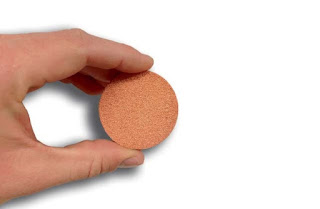SHAREBOT 3D PRINTER

Sharebot SnowWhite is a professional 3D printer with DLS (Direct Laser Sintering) technology: a fast, easy to use working tool dedicated to professionals who test and develop new materials or to people who need to create functioning mechanical prototypes. Sharebot SnowWhite has a laser of 2.200 mm/s which allows to print at a printing speed of 35 mm/h. The printer uses different thermoplastic powders like PA12 or PA11: all the printing setting can be set and modified through the touch screen display, where the printer also shows all the parameters during the printing process. The printer can be the perfect laboratory tool to test new powders because it can start working with just 300g of material; it’s also possibile to recover all the unused powders. The machine can start printing in just few minutes and it has a low energy consumption while the powder doesn’t suffer any thermic stress. Sharebot SnowWhite is the Sharebot DLS (Direct Laser Sintering) professional




